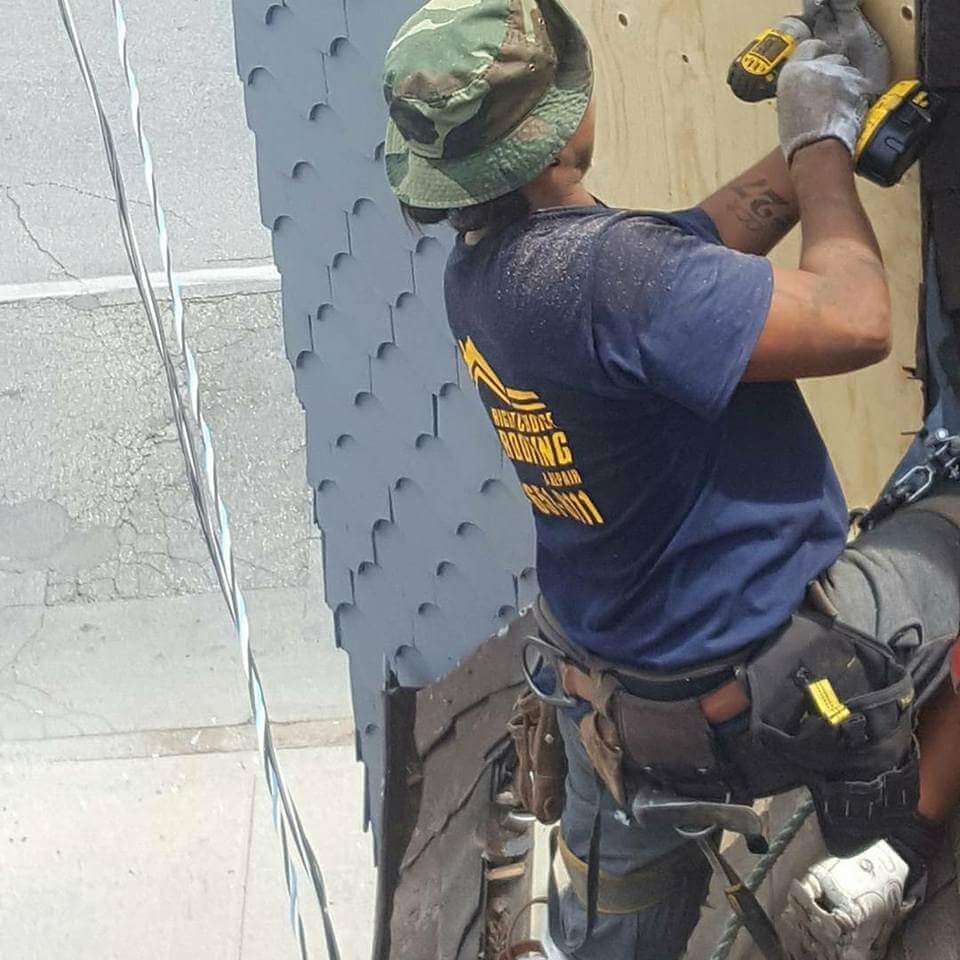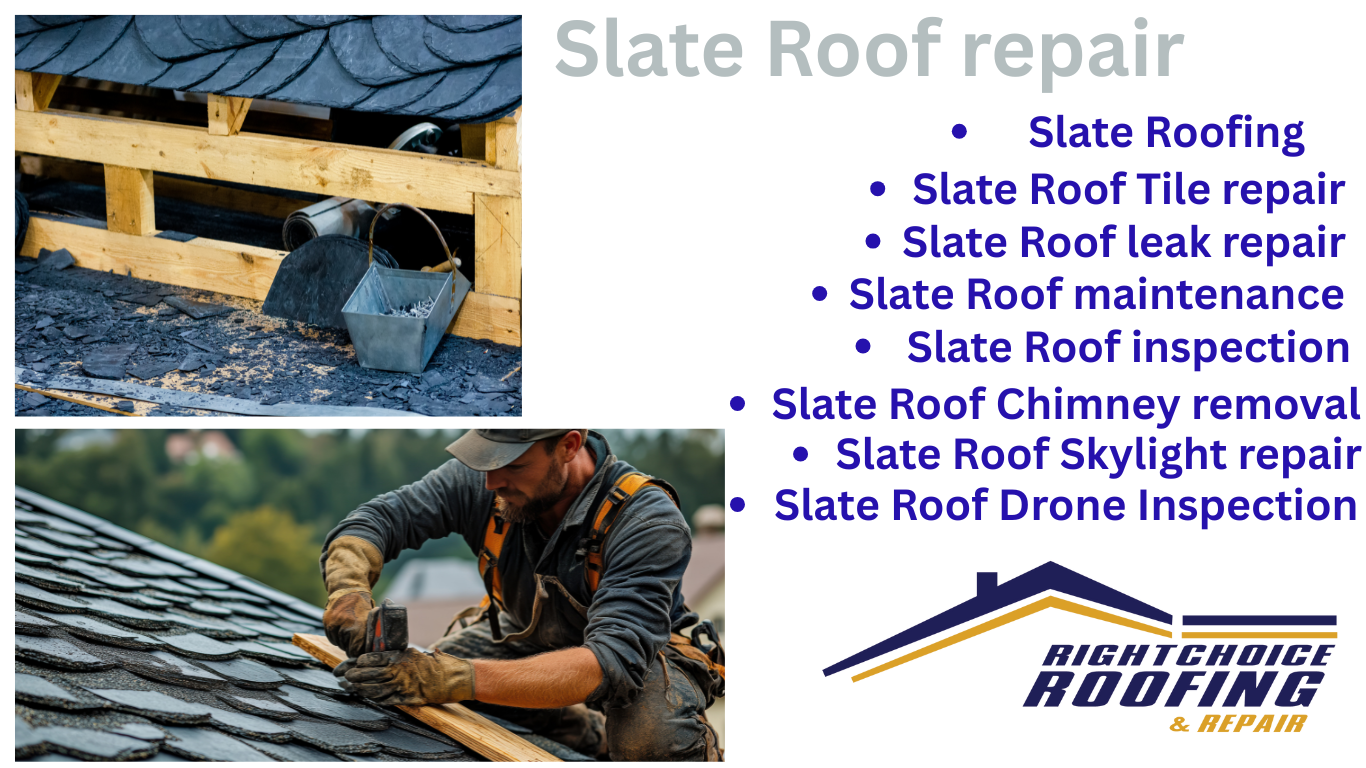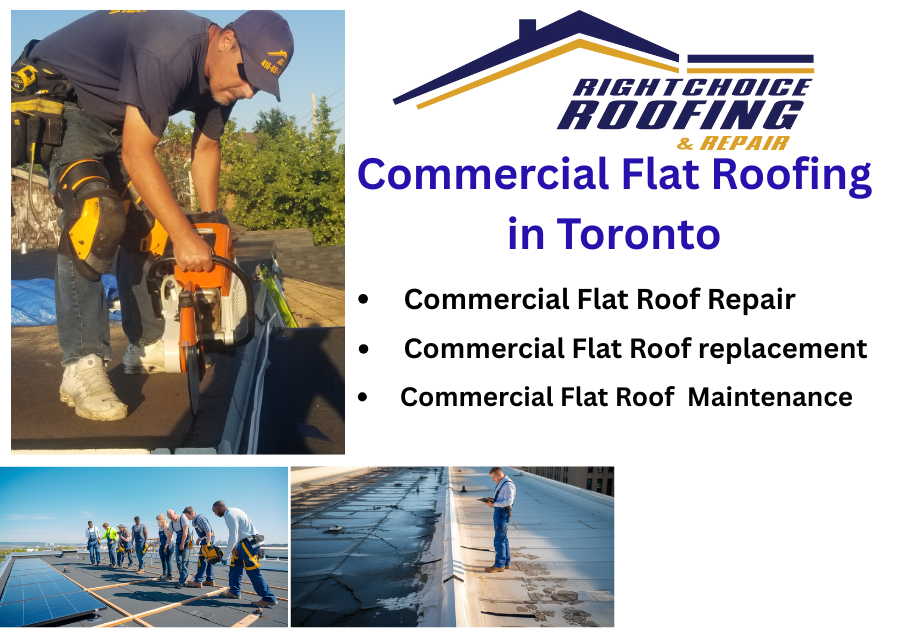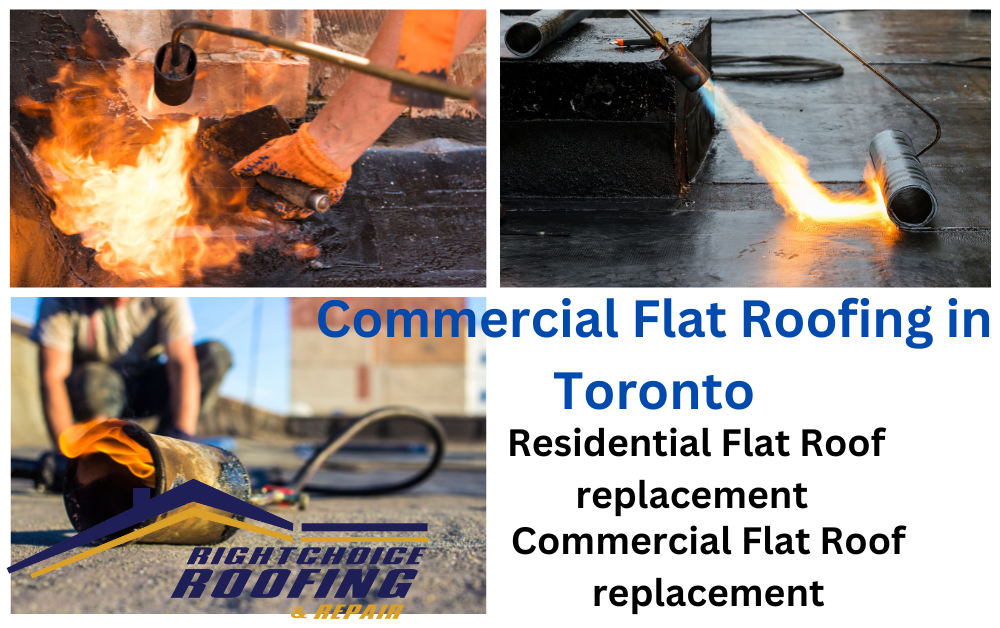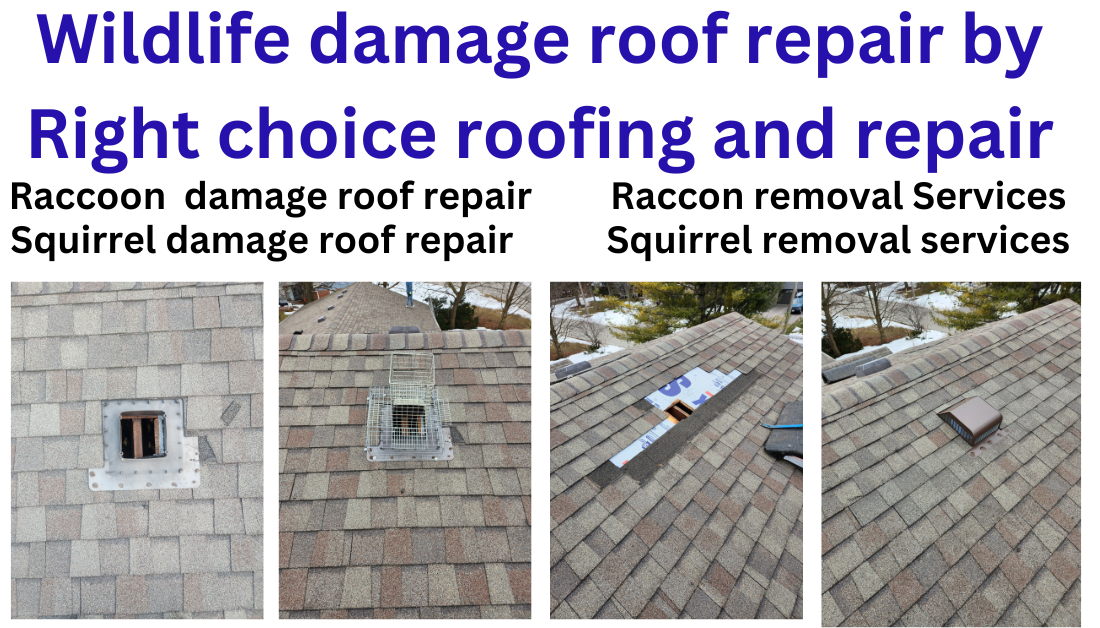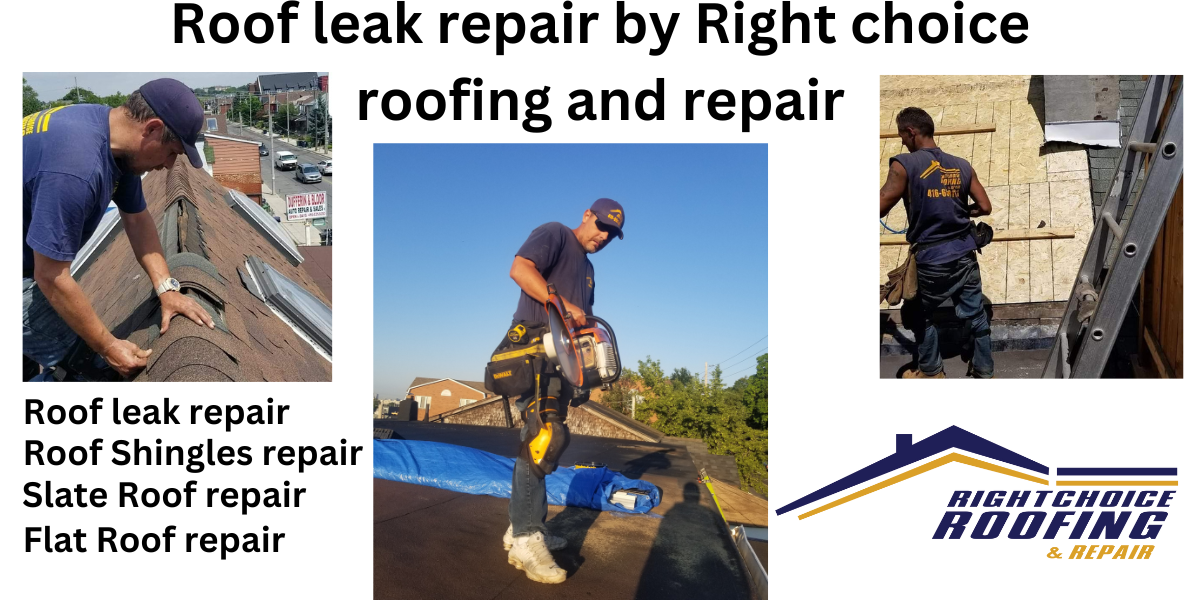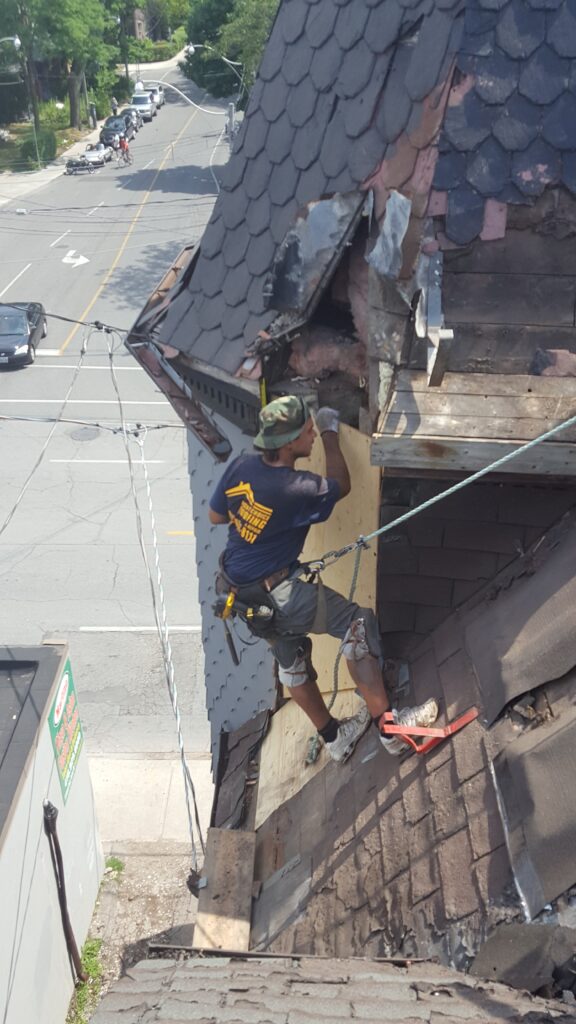
1. The Real Lifespan of Roof Shingles.
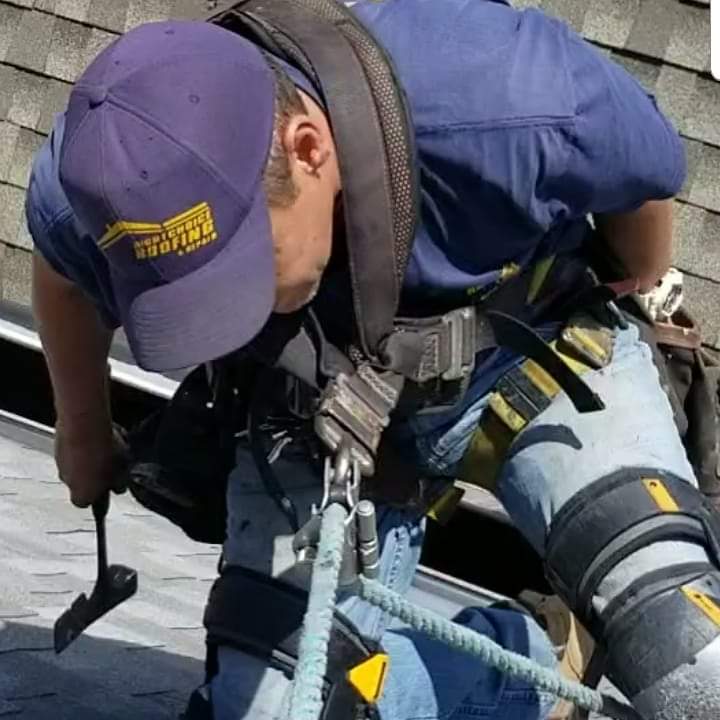
1.1. Manufacturer claims vs. actual durability
Toronto Roof repair-Have you ever wondered if those “30-year shingles” really last that long? Well, I hate to break it to you, but they often don’t. Manufacturers tend to test shingles under ideal conditions, which rarely match the real world. In my experience, most shingles last about 60-70% of their claimed lifespan.
1.2. Factors affecting shingle longevity
It’s not just about time passing by. Your roof faces a lot! Sun exposure, temperature changes, and even the pitch of your roof play a role. I once saw a south-facing roof age twice as fast as its north-facing neighbor. And don’t get me started on trees near your house – those falling branches can be a real pain!
1.3. Signs of premature shingle aging
Keep an eye out for curling edges, missing granules, or bald spots on your shingles. These are like wrinkles on your roof, telling you it’s aging faster than it should. I remember helping a friend who thought her new roof was fine, only to find it was aging rapidly due to poor installation.
2. The Importance of Proper Ventilation
2.1. How poor ventilation affects shingle performance
Think of your attic like a stuffy room – it needs to breathe! Poor ventilation traps heat and moisture, which can cook your shingles from below. I’ve seen shingles that looked fine from the outside but were completely brittle underneath due to heat damage.
2.2. Common ventilation issues in residential roofs
Many homes I’ve worked on have blocked soffit vents or not enough roof vents. It’s like trying to cool a room with a tiny fan – it just doesn’t work well enough. Sometimes, homeowners accidentally cover their vents during renovations, not realizing the impact it can have.
2.3. Long-term consequences of inadequate ventilation
Besides damaging your shingles, poor ventilation can lead to mold growth and even structural damage. I once helped a family who couldn’t figure out why their energy bills were so high – turns out, their poorly ventilated attic was making their AC work overtime!
3. The Impact of Layering Shingles
3.1. Pros and cons of adding new shingles over old ones
Layering shingles can save money upfront, but it’s not always the best choice. Sure, you avoid tear-off costs, but you’re also hiding any underlying issues. I’ve seen homes where layered shingles masked serious deck rot – talk about a costly surprise!
3.2. Weight considerations and structural integrity
Your roof isn’t designed to carry unlimited weight. Adding another layer of shingles is like putting on a heavy coat – your roof structure needs to be strong enough to handle it. In areas with heavy snowfall, this extra weight can be particularly concerning.
3.3. Building code restrictions on shingle layering
Before you decide to layer, check your local building codes. Many areas limit you to two layers max, and some even require a complete tear-off. I once had to break the news to a homeowner that their three-layer roof was actually illegal – not a fun conversation!
4. The Truth About Warranties
4.1. Understanding the fine print in shingle warranties
Shingle warranties can be tricky. They often cover materials only, not labor, and may prorate coverage over time. I always tell my clients to read the warranty carefully – what seems like a 30-year full coverage might only be full for the first few years.
4.2. Common exclusions that void warranty coverage
Did you know that improper ventilation can void your warranty? Or that using the wrong nails during installation might nullify coverage? I’ve seen homeowners lose out on warranty claims due to simple oversights during installation.
4.3. The difference between material and labor warranties
Material warranties come from the manufacturer, while labor warranties are typically offered by the installer. I always recommend checking both. A great shingle warranty won’t help much if the installation wasn’t done right, and vice versa.
5. The Hidden Costs of Cheap Toronto Roof Repair
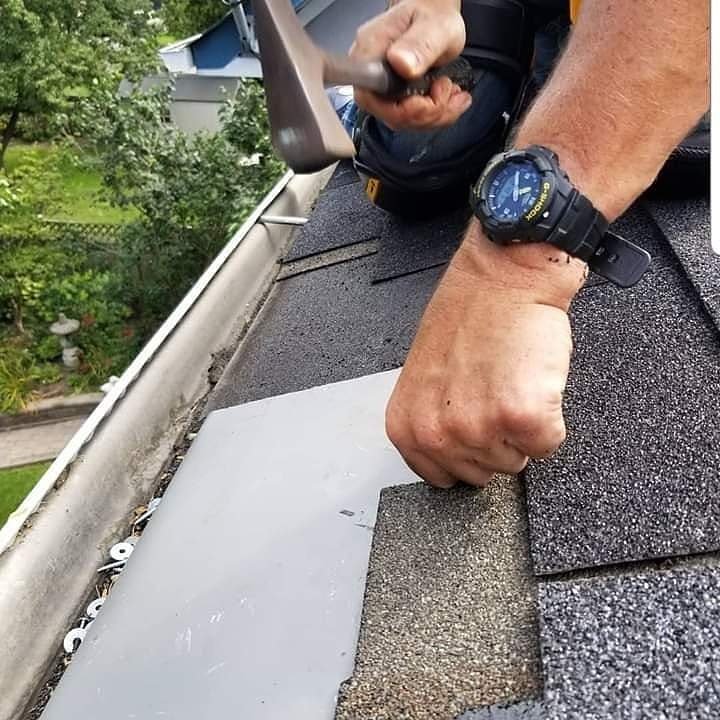
5.1. Quality differences in shingle materials
Not all shingles are created equal. Cheaper options might save money now, but they often wear out faster. I remember a client who opted for budget shingles, only to need a full replacement five years later. Sometimes, spending a bit more upfront can save a lot in the long run.
5.2. The long-term effects of subpar installation
A roof is only as good as its installation. I’ve seen perfectly good shingles fail early because they weren’t installed correctly. Things like using too few nails or not aligning shingles properly can lead to leaks and early wear.
5.3. How cutting corners can lead to more expensive problems
Skipping on underlayment or proper flashing might seem like a good way to save money, but it can cost you big time later. Water damage from a small leak can spread far beyond your roof, affecting walls, insulation, and even your home’s structure.
Summary
Toronto Roof repair-Your roof is a big investment, and understanding these hidden truths can help you make better decisions about repairs and maintenance. From realistic expectations about shingle lifespan to the importance of proper ventilation and installation, being informed can save you time, money, and headaches in the long run.
FAQs
Are there eco-friendly shingle options available for repairs?
Yes! There are recycled shingles, solar shingles, and even cool roof options that reflect more sunlight. These can be great choices for repairs or replacements.
How often should I inspect my roof for shingle damage?
It’s a good idea to check your roof at least twice a year, typically in spring and fall. After severe storms, it’s worth taking a look too.
Can I repair shingles myself, or should I always hire a professional?
Small repairs can be DIY projects if you’re comfortable on a roof. However, for larger issues or if you’re unsure, it’s best to call in a pro. Safety first!
What are the signs that I need a full roof replacement instead of repairs?
Widespread damage, shingles that are over 20 years old, or recurring leaks despite repairs are all signs you might need a full replacement.
How does climate affect the lifespan of my shingles?
Climate plays a big role. Hot, sunny climates can cause shingles to deteriorate faster, while areas with frequent storms might see more physical damage.
1.1. Manufacturer claims vs. actual durability
Have you ever wondered if those “30-year shingles” really last that long? Well, I hate to break it to you, but they often don’t. Manufacturers tend to test shingles under ideal conditions, which rarely match the real world. In my experience, most shingles last about 60-70% of their claimed lifespan.
1.2. Factors affecting shingle longevity
It’s not just about time passing by. Your roof faces a lot! Sun exposure, temperature changes, and even the pitch of your roof play a role. I once saw a south-facing roof age twice as fast as its north-facing neighbor. And don’t get me started on trees near your house – those falling branches can be a real pain!
1.3. Signs of premature shingle aging
Keep an eye out for curling edges, missing granules, or bald spots on your shingles. These are like wrinkles on your roof, telling you it’s aging faster than it should. I remember helping a friend who thought her new roof was fine, only to find it was aging rapidly due to poor installation.
2. The Importance of Proper Ventilation
2.1. How poor ventilation affects shingle performance
Think of your attic like a stuffy room – it needs to breathe! Poor ventilation traps heat and moisture, which can cook your shingles from below. I’ve seen shingles that looked fine from the outside but were completely brittle underneath due to heat damage.
2.2. Common ventilation issues in residential roofs
Many homes I’ve worked on have blocked soffit vents or not enough roof vents. It’s like trying to cool a room with a tiny fan – it just doesn’t work well enough. Sometimes, homeowners accidentally cover their vents during renovations, not realizing the impact it can have.
2.3. Long-term consequences of inadequate ventilation
Besides damaging your shingles, poor ventilation can lead to mold growth and even structural damage. I once helped a family who couldn’t figure out why their energy bills were so high – turns out, their poorly ventilated attic was making their AC work overtime!
3. The Impact of Layering Shingles
3.1. Pros and cons of adding new shingles over old ones
Layering shingles can save money upfront, but it’s not always the best choice. Sure, you avoid tear-off costs, but you’re also hiding any underlying issues. I’ve seen homes where layered shingles masked serious deck rot – talk about a costly surprise!
3.2. Weight considerations and structural integrity
Your roof isn’t designed to carry unlimited weight. Adding another layer of shingles is like putting on a heavy coat – your roof structure needs to be strong enough to handle it. In areas with heavy snowfall, this extra weight can be particularly concerning.
3.3. Building code restrictions on shingle layering
Before you decide to layer, check your local building codes. Many areas limit you to two layers max, and some even require a complete tear-off. I once had to break the news to a homeowner that their three-layer roof was actually illegal – not a fun conversation!
4. The Truth About Warranties
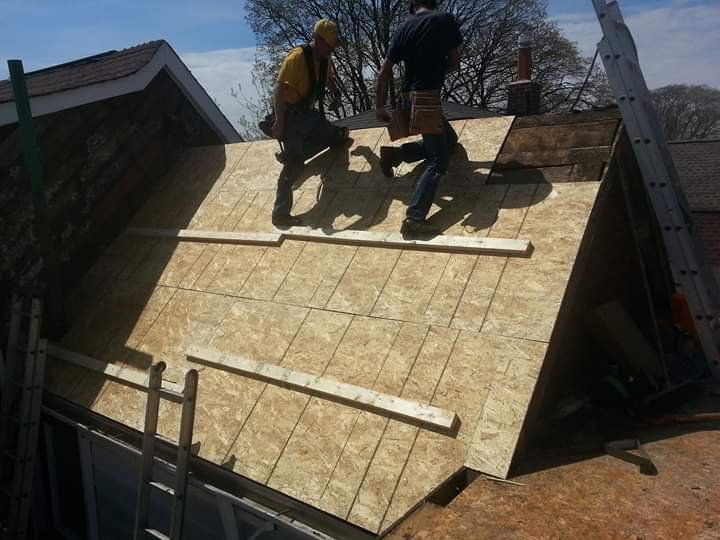
4.1. Understanding the fine print in shingle warranties
Toronto Roof repair-Shingle warranties can be tricky. They often cover materials only, not labor, and may prorate coverage over time. I always tell my clients to read the warranty carefully – what seems like a 30-year full coverage might only be full for the first few years.
4.2. Common exclusions that void warranty coverage
Did you know that improper ventilation can void your warranty? Or that using the wrong nails during installation might nullify coverage? I’ve seen homeowners lose out on warranty claims due to simple oversights during installation.
4.3. The difference between material and labor warranties
Material warranties come from the manufacturer, while labor warranties are typically offered by the installer. I always recommend checking both. A great shingle warranty won’t help much if the installation wasn’t done right, and vice versa.
5. The Hidden Costs of Cheap Toronto Roof Repair
5.1. Quality differences in shingle materials
Not all shingles are created equal. Cheaper options might save money now, but they often wear out faster. I remember a client who opted for budget shingles, only to need a full replacement five years later. Sometimes, spending a bit more upfront can save a lot in the long run.
5.2. The long-term effects of subpar installation
Toronto Roof repair-A roof is only as good as its installation. I’ve seen perfectly good shingles fail early because they weren’t installed correctly. Things like using too few nails or not aligning shingles properly can lead to leaks and early wear.
5.3. How cutting corners can lead to more expensive problems
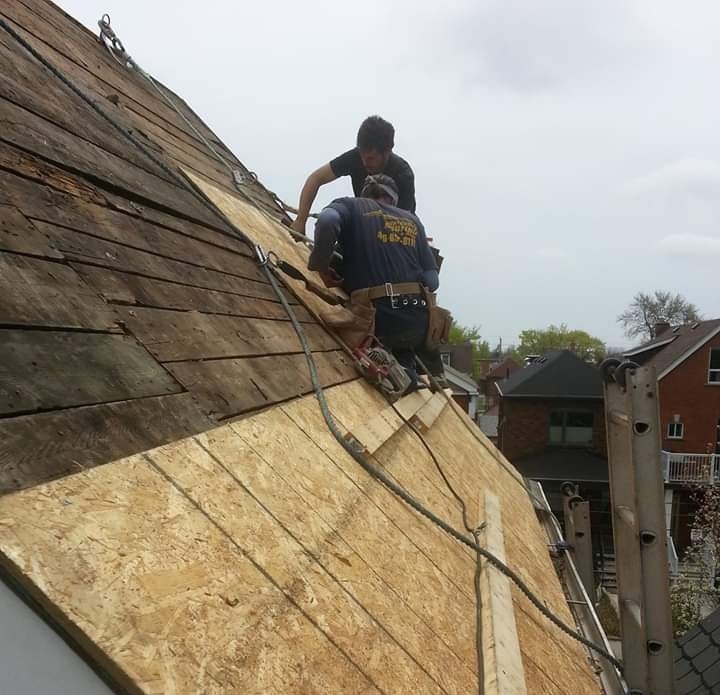
Skipping on underlayment or proper flashing might seem like a good way to save money, but it can cost you big time later. Water damage from a small leak can spread far beyond your roof, affecting walls, insulation, and even your home’s structure.
Summary
Toronto Roof repair-Your roof is a big investment, and understanding these hidden truths can help you make better decisions about repairs and maintenance. From realistic expectations about shingle lifespan to the importance of proper ventilation and installation, being informed can save you time, money, and headaches in the long run.
FAQs
- How often should I inspect my roof for shingle damage?
It’s a good idea to check your roof at least twice a year, typically in spring and fall. After severe storms, it’s worth taking a look too. - Can I repair shingles myself, or should I always hire a professional?
Small repairs can be DIY projects if you’re comfortable on a roof. However, for larger issues or if you’re unsure, it’s best to call in a pro. Safety first! - What are the signs that I need a full roof replacement instead of repairs?
Widespread damage, shingles that are over 20 years old, or recurring leaks despite repairs are all signs you might need a full replacement. - How does climate affect the lifespan of my shingles?
Climate plays a big role. Hot, sunny climates can cause shingles to deteriorate faster, while areas with frequent storms might see more physical damage. - Are there eco-friendly shingle options available for repairs?
Yes! There are recycled shingles, solar shingles, and even cool roof options that reflect more sunlight. These can be great choices for repairs or replacements.





